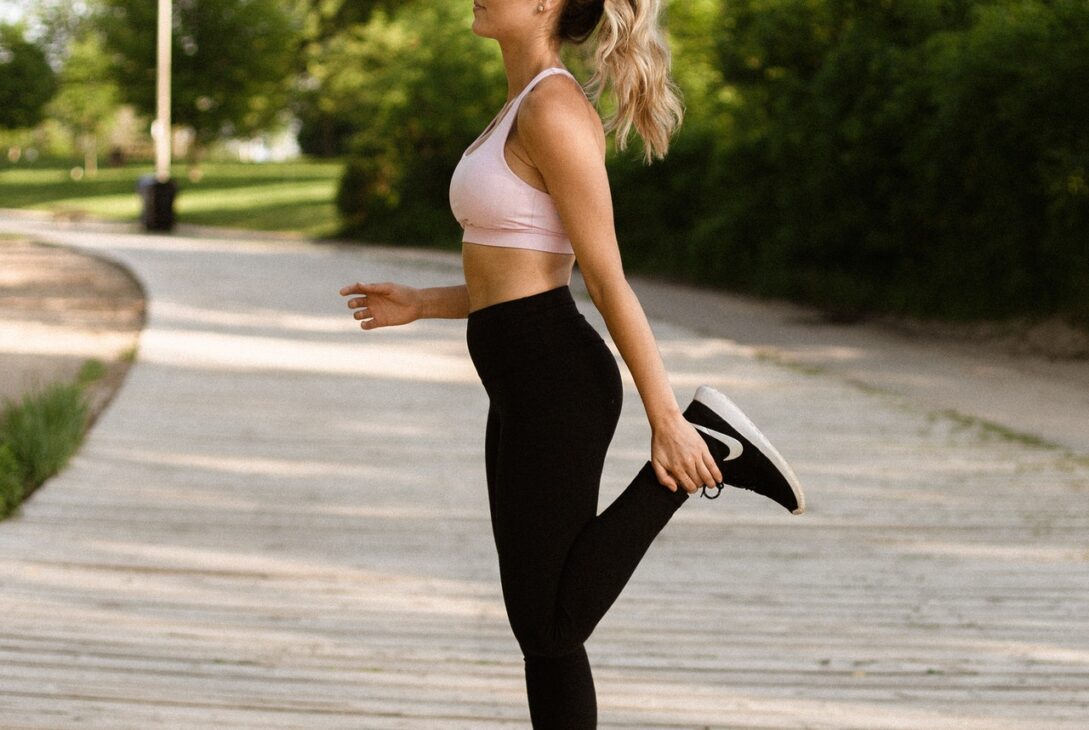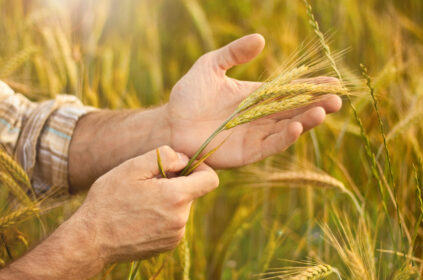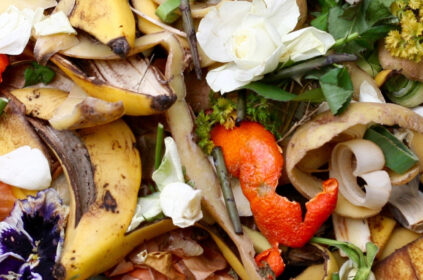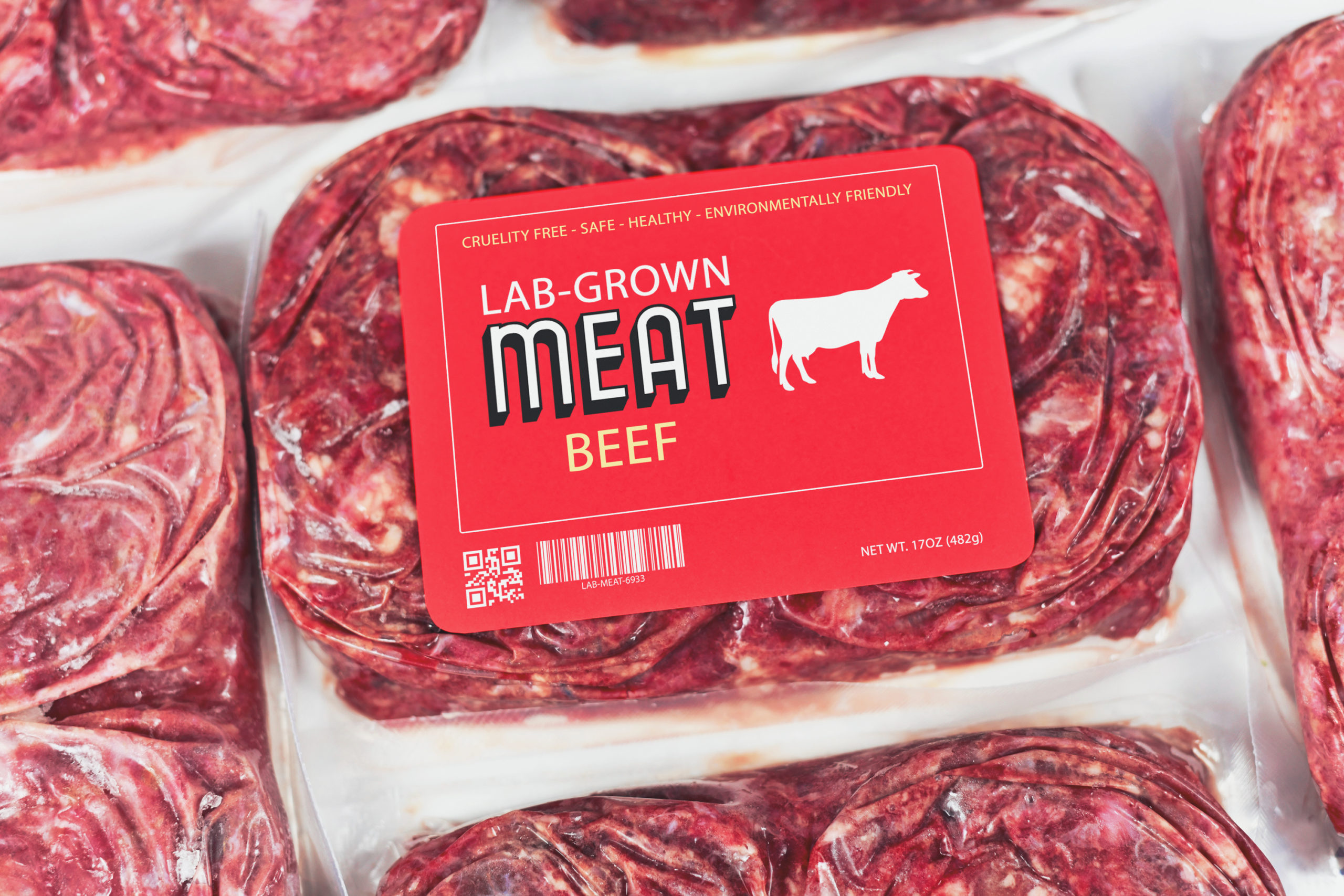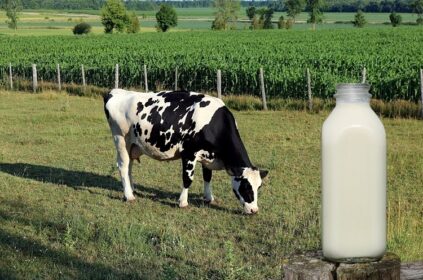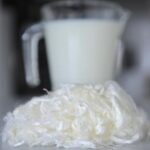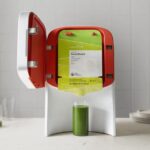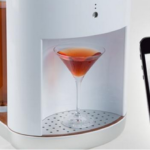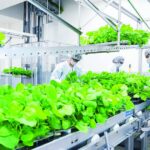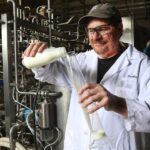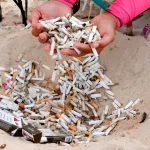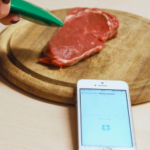Do you know that in addition to the food, beverage can also be used to make fabric? Yes, your clothes might be made by milk, coffee, wine or tea.
In the last article of the series “Dress up Food” you will see clothes made with beverage and learn how to make yours.
Have you seen parts 1 and 2? See part 1 here. Part 2 here.
6- Milk
The German start Qmilch is responsible for the fabric made with spoiled milk. The creative impulse came from a sad story, the founder Anke Domaske originally was looking for clothing made from fabrics that have not gone through chemical treatments so her stepfather, diagnosed with cancer, could use. The milk caught her attention because it was used in the 30’s in textile processing. She began the tests in her kitchen and soon expanded operations.
Only in Germany, almost 2 million tons of milk are discarded annually for being unfit for consumption. The production of 1 kg of fibre consumes only 2 liters of water. Qmilch is biodegradable, hypoallergenic and soft. It is also antibacterial, especially against Staphylococcus aureus and Pseudomonas aeruginosa. It can be used in hospital clothing.

7- Coffee
S. Coffee® is the fabric made with ground coffee. The founder Jason Chen was in a coffee shop when he saw a person enter the place and ask for coffee powder to take away. Intrigued, he wanted to know the reason and found out that she used the powder to get off the stench of sportswear. From there, Jason and his wife began the research and in 4 years hit the market the ecological and deodorant fabric.
The oil extracted in the process is also used in the production of personal care products.

8- Fermented Wine
Scientists at University of Western Australia have developed a fabric from the bacterial fermentation of red wine. Acetobacter bacteria ferment wine and it generates a fibrous network on the surface. This is then dehydrated and used in clothing.

The downside is the smell of vinegar in the final product and its resistance that needs to be better crafted. So it’s going to take while until we’re wearing jackets of Pinot Noir.
9- Kombucha
Made from fermentation of tea (usually black or green tea) with yeast and acetic bacteria biofilm, Kombucha is basis for clothes. The primary bacteria involved in the process, Gluconacetobacter xylinum, produces cellulose nanofibers that are the structure of the fabric.

Follow the recipe to make yours:
200 ml of organic vinegar
200 g granulated sugar
1 package of kombucha culture
2 green tea bags
Boil 2 litres of water, add the tea bags and wait 15 minutes. Remove the bags, add sugar and stir well. Let the liquid cool down to 30° C, add the vinegar and the culture of kombucha. Cover the bowl with a towel. Fermentation occurs in 48 to 72 hours. When the surface material reaches 2 cm thickness, remove from the liquid, wash with soap, let it dry and it is ready to sew.
I hope you enjoyed the series “Dress up Food” and when you do your tea clothes, share the results here!
References: Web Ecoist, Oddity Central, The Guardian, The Kitchn, Ippinka, Bio Couture

